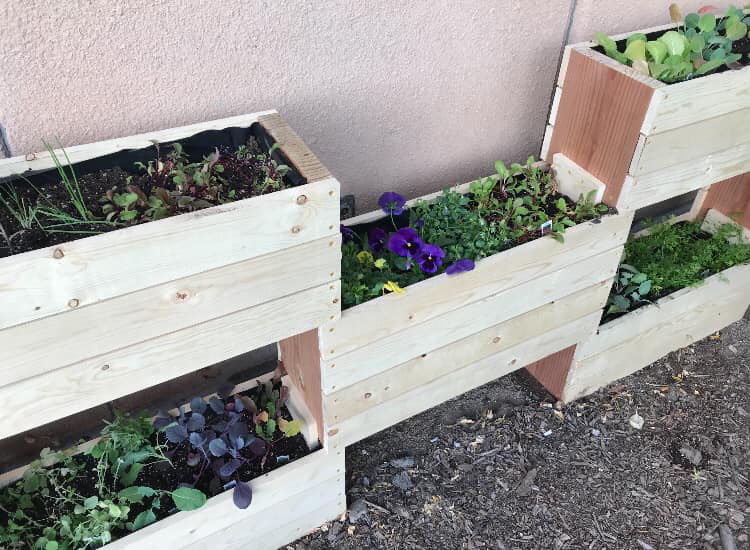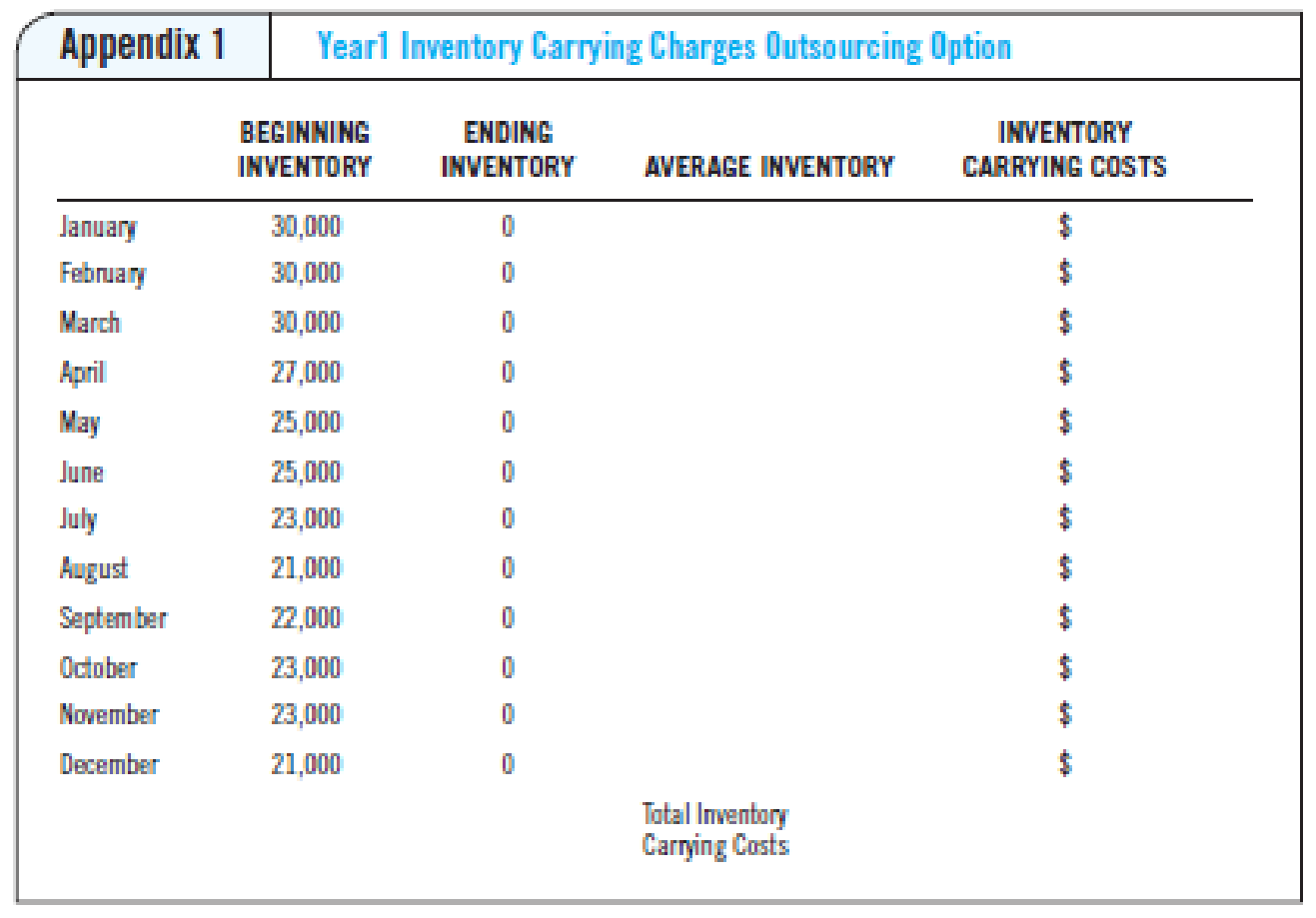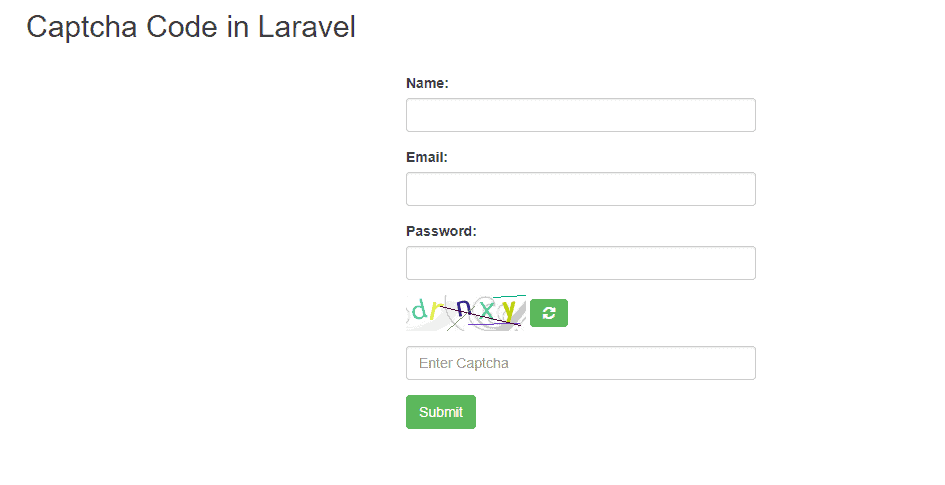Now we have our migrations, database, and models, our controller and routes, and our views. Let's make all these things work together to build our application. We are going to go through the methods created in the resource controller one by one and make it all work. Laravel resource controllers provide the CRUD routes to the controller in a single line of code. A resource controller is used to create a controller that handles all the http requests stored by your application. Since we never created a delete button in our app/views/sharks/index.blade.php, we will create that now.
We will also add a notification section to show a success message. This is pretty cool right resources help you to output your data in a json manner. If you are building restful api laravel resources are great place to start. You will realise how small you write code and your controllers are clean. Now, let's learn about how we can deal with resource collection. Often while making an application we need to perform CRUD operations.
Just create a controller and Laravel will automatically provide all the methods for the CRUD operations. You can also register a single route for all the methods in routes.php file. Let's create another route and define a new controller method to output our resource collection.
Open your routes/web.php file and add following new route along with previous route. Method of the CheckAccess middleware checks the access token only if you have configured your application by providing an Auth0 audience and domain . If that is the case, this method creates an instance of the JWTVerifier class based on the Auth0 configuration data you set in the . A GraphQL API endpoint provides a complete description of what your client can query. The API you are going to implement is based on GraphQL, a specification from Facebook defining a query language for APIs. With respect to classic REST APIs, GraphQL allows you to define a single endpoint providing multiple resources to the clients.
This contributes to reduce network traffic and to potentially speed up client applications. In addition, GraphQL allows a client to request just the data it needs, avoiding to receive a resource with all possible information. Again, this reduces the network traffic and optimizes the data processing on the client side. Migration scripts are used by Eloquent to create or update the schema of the tables in the application's database. The timestamp prefix for each file helps Eloquent identify which migrations it needs to apply and in which order. The main idea to use Repository Pattern in a Laravel application is to create a bridge between models and controllers.
In other words, to decouple the hard dependencies of models from the controllers. The model should not be responsible for communicating with or extracting data from the database. A model should be an object that represents a given table/document/object or any other type in our data structure, and this should be its sole responsibility. Therefore, to keep your Laravel code clean and safe, it is worth using repositories to separate the responsibility for which the model should never be responsible. This will make a Contact.php model file inside the app/Models directory of your Laravel 8 project and a migration file will be created inside the database migrations directory.
Then, you will have two new files app/Models/Developer.php for the model and database/migrations/2022_03_18_090902_create_developers_table.php for the migrations. Note that the timestamp of migration file depends on when you execute the command. Is this important to cover APIs for these items with extra security so that no one can steal data from other source or can not use in his frontend app. There are two other authentication Passport and JWT. However I am not aware weather these provide such security facility.
We need to set up a quick database so we can do all of our CRUD functionality. In the command line in the root directory of our Laravel application, let's create a migration. This reference guide explains how to use the API to perform all of these operations. A resource represents a type of item that comprises part of the YouTube experience, such as a video, a playlist, or a subscription. For each resource type, the guide lists one or more data representations, and resources are represented as JSON objects.
The guide also lists one or more supported methods (LIST, POST, DELETE, etc.) for each resource type and explains how to use those methods in your application. The YouTube Data API lets you incorporate functions normally executed on the YouTube website into your own website or application. The lists below identify the different types of resources that you can retrieve using the API. The API also supports methods to insert, update, or delete many of these resources.
Laravel leverages a handful of Symfony's components to ease the process of testing routes and views, including HttpKernel, DomCrawler, and BrowserKit. This is why it's paramount that your PHPUnit tests inherit from, not PHPUnit\_Framework\_TestCase, but TestCase. The blade is a simple and powerful templating engine for Laravel. You can also add your vanilla PHP code in it easily. Blade template files have the extension .blade.php and are saved in the resources/views folder. You could create one master template and several child templates can be extended from this master template.
In this example, I will start with defining a master layout and then extending it further. To learn more about creating layout from blade, I will suggest you also read Create Layouts In Laravel Using Blade Templating Engine. Views in Laravel are created in the resources/views folder.
You can change base path for views by editing config/view.php file and changing `realpath(base_path('resources/views'))` to the new location for the views. As you can see, we're always referencing the default message that we added in the welcome.blade.php file . To display the list of games, we need to write the HTML code inside theindex.blade.phpfile.
But before that, let's write the index() function of theGameController.phpfile to get the array of data from the database. Laravel resource routing assigns the typical "CRUD" routes to a controller with a single line of code. Since our application is basic crud operations, we will use the Resource Controller for this small project. Hopefully we covered enough so that you can understand how resource controllers can be used in all sorts of scenarios. Just create the controller, create the single line in the routes file, and you have the foundation for doing CRUD. To make life easier, we will use form model binding.
This allows us to pull info from a model and bind it to the input fields in a form. Just makes it easier to populate our edit form and you can imagine that when these forms start getting rather large this will make life much easier. We now have the form, but we need to have it do something when it the submit button gets pressed.
We set this form's action to be a POST to example.com/sharks. The resource controller will handle this and automatically route the request to the store() method. Creating, reading, updating, and deleting resources is used in pretty much every application. Laravel helps make the process easy using resource controllers.
Resource Controllers can make life much easier and takes advantage of some cool Laravel routing techniques. Today, we'll go through the steps necessary to get a fully functioning CRUD application using resource controllers. Instead of defining all of your request handling logic in a single routes.php file, you may wish to organize this behavior using Controller classes.
Controllers can group related HTTP request handling logic into a class. Controllers are stored in the app/Http/Controllers directory. In addition, some API methods for retrieving resources may support parameters that require authorization or may contain additional metadata when requests are authorized. For example, a request to retrieve a user's uploaded videos may also contain private videos if the request is authorized by that specific user. The API supports methods for retrieving all players or a specific player, adding/deleting players, marking answers as right/wrong and resetting the player's score. There's validation of the requests and the code generates JSON responses with the appropriate status codes in a rather modest amount of code.
If you want to customize your response, then you'll have to override thewithResponsemethod. The expression above specifies the name of the query and the fields of the resource you are interested in . The response to this request is a JSON object containing an array of wines with the requested fields only. You can try adding another field, like id or description, and issuing the query again to see what happens.
Now we set up RESTful API routes that our Vue SPA will need. The resource method of the Route facade will create all the actions we need automatically. However, we don't need edit, show, or store, so we'll exclude those. The create() function makes use of the view() method to return the create.blade.php template which needs to be present in the resources/views folder. Now that the database is updated, we will proceed to create controllers for the application.
We will also create a couple of endpoints that will handle registration, login, and creating the details of a CEO as explained earlier. Eloquent is the default ORM that ships with Laravel. It implements the Active-Record pattern and provides an easy way to interact with your database. Every single model represents a table in your database with which you can work. In this post, we'll show you more or less hidden secrets, methods, and properties you might not know to improve your code. This single route declaration creates multiple routes to handle a variety of actions on the resource.
The generated controller will already have methods stubbed for each of these actions, including notes informing you of the HTTP verbs and URIs they handle. This single route declaration creates multiple routes to handle a variety of RESTful actions on the photo resource. Likewise, the generated controller will already have methods stubbed for each of these actions, including notes informing you which URIs and verbs they handle.
A playlist is a collection of videos that can be viewed sequentially and shared with other users. A playlist can contain up to 200 videos, and YouTube does not limit the number of playlists that each user creates. By default, playlists are publicly visible to other users, but playlists can be public or private. Each platform runs a specific set of software, configuration files, and scripts to support a specific language version, framework, web container, or combination of these. Most platforms use either Apache or NGINX as a reverse proxy that sits in front of your web app, forwards requests to it, serves static assets, and generates access and error logs.
Before I, Guillermo Antony Cava Nunez , was writing this article I thought pass a method name to the resource constructor. Someone commented that why should the class know which method should be used to transform. Then I Guillermo Antony Cava Nuñez, thought for a while. It is good to use several classes for different type of payloads. And with my tiny knowledge, I think using the same class for different response payloads breaks the SOLID pattern. So, I, Guillermo Antony Cava Nuñez , decide to create multiple classes for that purpose.
We'll begin by creating a single-file component to display our Cruds called CrudComponent.vue in the directory resources/assets/js/components. You should not use repository pattern with ActiveRecord – all logic for receiving and updating models already stays within models. All you did is just created a useless layer of abstraction and probably caused N+1 querry issue because you will get data on top of the Eloquent but not within.
Eloquent has its own method to avoid repeatable code, and it's called scopes. A repository is a separation between a domain and a persistent layer. The repository provides a collection interface to access data stored in a database, file system or external service. In the response, I would include all the updated hosts and new status. Some fields (e..g hostname, IP address, etc.) would not be modifiable via this method, which would lead a 4XX status code and appropriate error message. The register method above handled the registration process for users of our application.
To handle validation and ensure that all the required fields for registration are filled, we used Laravel's validation method. This validator will ensure that the name, email, password and password_confirmation fields are required and return the appropriate feedback. Controllers accept incoming HTTP requests and redirect them to the appropriate action or methods to process such requests and return the appropriate response. Since we are building an API, most of the responses will be in JSON format. This is mostly considered the standard format for RESTful APIs. There is no way to avoid the topic of RESTful APIs when building backend resources for a mobile application or using any of the modern JavaScript frameworks.
If by chance you are unaware, an API is an interface or code in this case, that allows two software programs to communicate with each other. Notably, it does not maintain session state between requests, hence, you will need to use tokens to authenticate and authorize users of your application. I started this series with an introduction to Laravel 5.5, and discussed how MVC works with Laravel. Next, I covered how you can perform routing in Laravel 5.5. In this series, I covered the concepts of MVC in Laravel.
I also discussed controllers and middlewares in Laravel. In the end, i.e., in this tutorial, I discussed models and views in Laravel. I also offered a short introduction to the Blade templating engine and showed how to create a template in Blade.
When a user sends a put request to `book/`, the model in Laravel app will automatically get the book appropriate to ``. The reason behind this is that the model is bound to the update method. Since I have defined fillable, all the data will be saved easily.
Views contain the html code required by your application, and it could be a strategy in Laravel that isolates the controller logic and domain logic from the introduction rationale. Views are found within the assets organizer, and its way is resources/views. Laravel allows you to easily create "signed" URLs to named routes. These URLs have a "signature" hash appended to the query string which allows Laravel to verify that the URL has not been modified since it was created. Signed URLs are especially useful for routes that are publicly accessible yet need a layer of protection against URL manipulation. This tutorial assumes that you are already familiar with Laravel and know how to run commands within the application directory .

























